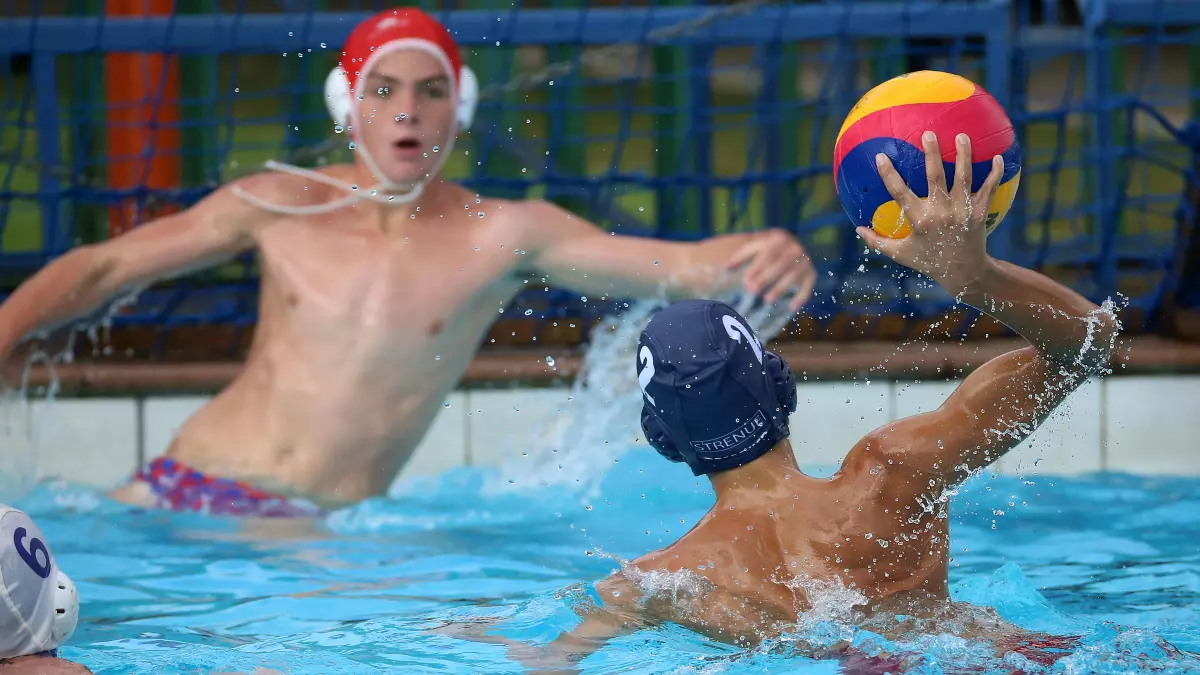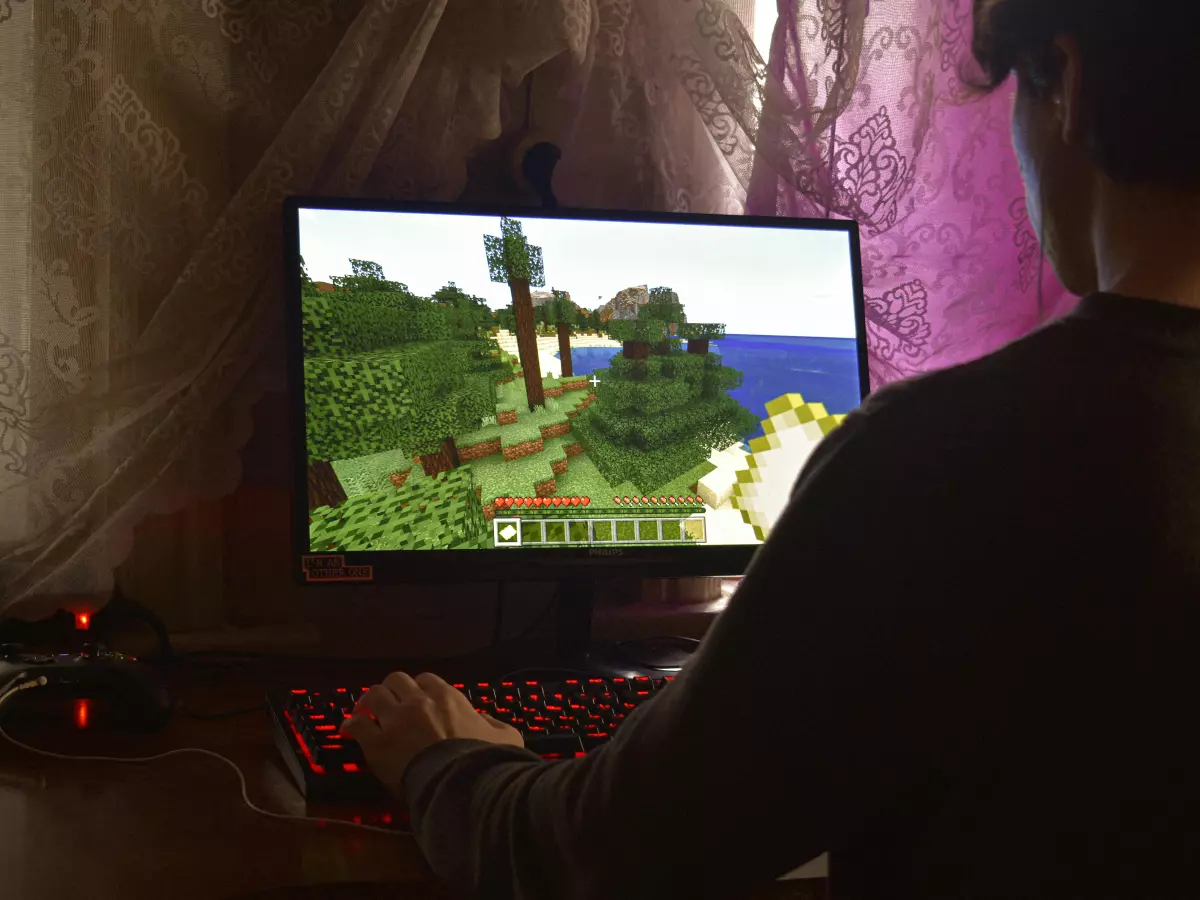Fluid Dynamics
Remember the first time you saw water in a video game and thought, "Wow, that looks real!"? It was probably around the early 2000s when games like *Half-Life 2* and *Far Cry* started showing off their water physics. Back then, it was a game-changer (pun intended). But, as impressive as it was, it was still far from perfect. Water was more of a visual trick than an actual simulation.

By Liam O'Connor
Fast forward to today, and the way game engines handle water has evolved dramatically. We're no longer just talking about reflective surfaces and ripples. We're talking about full-on fluid dynamics, where water behaves like, well, water. It flows, it splashes, it reacts to objects, and in some cases, it even has its own physics-based properties like buoyancy and viscosity. But how do game engines pull off such a complex feat in real-time?
Let's dive into the technical side of things (pun intended again). At the core of real-time water physics is a set of algorithms known as fluid dynamics. The most common approach used in games is called *Smoothed Particle Hydrodynamics* (SPH). SPH is a computational method for simulating fluids by dividing them into small particles. Each particle interacts with its neighbors, and together, they create the illusion of a continuous fluid. This method is highly efficient for real-time applications because it simplifies the complex math involved in fluid simulations.
But SPH isn't the only technique in the toolbox. Some game engines, especially those aiming for ultra-realistic water, use a combination of *Eulerian* and *Lagrangian* methods. The Eulerian method involves dividing the fluid into a grid and calculating the flow of water through each cell. This method is more accurate but also more computationally expensive. That's why it's often reserved for pre-rendered scenes or high-end simulations in AAA games.
Rendering Water in Real-Time
Rendering water is a whole other beast. It's not just about simulating the physics; it's about making it look good. Game engines use a variety of techniques to achieve this, starting with *reflections* and *refractions*. Reflections are relatively straightforward—it's the process of mirroring the environment on the water's surface. Refractions, on the other hand, are trickier. This is the bending of light as it passes through water, which gives it that translucent, glassy look.
Then there's the issue of *caustics*. Caustics are the light patterns you see on the bottom of a pool or ocean floor when sunlight hits the water. These are notoriously difficult to simulate in real-time because they require complex calculations involving light rays and water surfaces. However, some game engines have found clever ways to fake caustics using pre-baked textures or simplified ray-tracing techniques.
And let's not forget about *waves*. Simulating realistic waves is a challenge because they need to react to both the environment and the player's actions. Most game engines use a combination of *Fourier transforms* and *Perlin noise* to generate wave patterns. Fourier transforms break down complex waveforms into simpler components, while Perlin noise adds randomness to make the waves look more natural. Together, these techniques create the illusion of dynamic, ever-changing water surfaces.
Interactivity: Making Water Feel Real
One of the biggest challenges in simulating water is making it interactive. It's one thing to have water that looks good, but it's another to have water that reacts to the player's actions. This is where *collision detection* and *buoyancy* come into play.
Collision detection ensures that objects in the game world interact with the water realistically. For example, if a player throws a rock into a lake, the water should splash and ripple accordingly. This is achieved by calculating the force of the object hitting the water and then applying that force to the surrounding particles or grid cells.
Buoyancy is another crucial factor. Objects in water should float or sink depending on their density and the properties of the water. Game engines calculate buoyancy by comparing the object's mass to the displaced water's mass. If the object is less dense than the water, it floats; if it's denser, it sinks. Simple, right? Well, not exactly. In real-time simulations, this requires constant updates to the physics engine, which can be computationally expensive.
Challenges and Limitations
As advanced as real-time water physics has become, there are still limitations. One of the biggest challenges is *performance*. Simulating water in real-time is incredibly resource-intensive, especially when you factor in all the variables like reflections, refractions, waves, and interactivity. That's why most games use a combination of simplified physics and visual tricks to create the illusion of realistic water without bogging down the system.
Another limitation is *scalability*. While it's relatively easy to simulate a small pond or lake, things get much more complicated when you're dealing with large bodies of water like oceans. The sheer scale of the simulation can overwhelm even the most powerful hardware. To get around this, game engines often use *level of detail* (LOD) techniques, where distant water is rendered with lower detail, and only the water near the player is simulated in full detail.
The Future of Water Physics in Gaming
So, what's next for water physics in gaming? One of the most exciting developments is the use of *machine learning* to improve fluid simulations. Researchers are already experimenting with neural networks that can predict the behavior of fluids in real-time, allowing for more accurate and efficient simulations. This could be a game-changer (yep, I said it again) for future titles, especially as hardware continues to improve.
Another area of interest is *virtual reality* (VR). Water physics in VR presents a whole new set of challenges because players can interact with the environment in more immersive ways. Imagine being able to reach out and touch the water, feeling the resistance as you move your hand through it. While we're not quite there yet, it's only a matter of time before game engines can simulate water with that level of detail and interactivity.
In conclusion, the way game engines handle real-time water physics has come a long way since the early days of reflective surfaces and simple ripples. Today, we're seeing more realistic and interactive water than ever before, thanks to advances in fluid dynamics, rendering techniques, and physics simulations. And while there are still challenges to overcome, the future looks incredibly promising. Just like the oceans in our favorite games, the possibilities are vast and ever-changing.
After all, if history has taught us anything, it's that technology never stays stagnant for long. Just as early games revolutionized water physics with basic reflections and ripples, the next wave of innovation is already on the horizon. So, the next time you're sailing through a virtual sea or diving into a digital lake, take a moment to appreciate the incredible technology at work beneath the surface.





